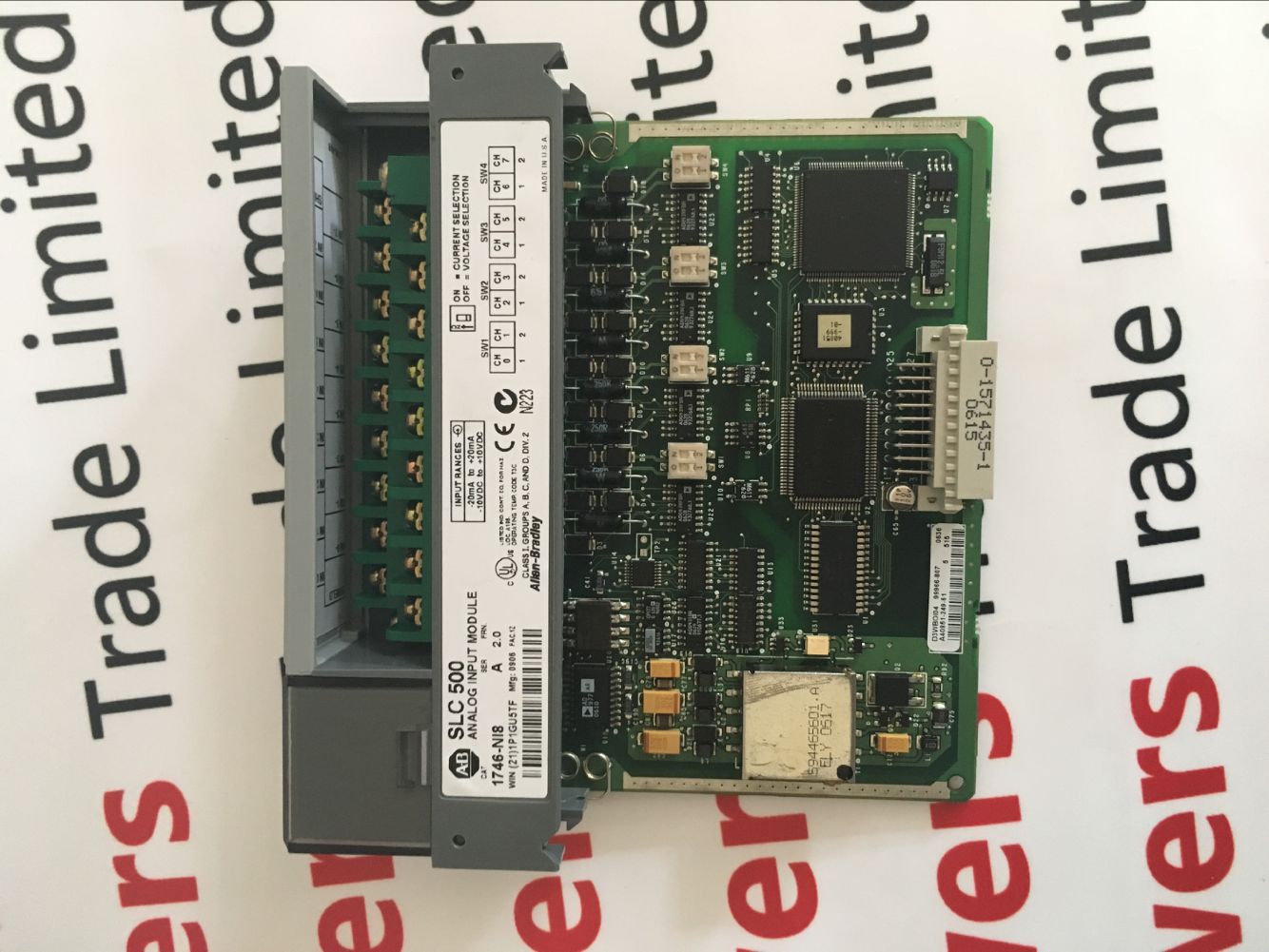The actual luminous flux of an actual lighting fixture is usually in the range of thousands to tens of thousands of lumens. Currently, the luminous flux of a single high-end power white LED is only about 100 lumens. Therefore, semiconductor lighting fixtures usually consist of tens to hundreds of cluster white LEDs. In terms of current LED performance, the use of low-voltage, constant-current-driven cluster LEDs has caused semiconductor lighting fixtures to address the dissipating of large amounts of heat and power management issues caused by the conversion of AC mains to low-voltage constant current. In addition, the small light-pass and high-brightness luminescence characteristics of the conventional packaged power LEDs cause very severe glare. Therefore, semiconductor lighting technology is not limited to chip fabrication and packaging technology, but a system-level technology that includes optical design, heat and power management.
From LED epitaxial wafers to final lighting fixtures, a series of industrial chain links such as material epitaxy → chip fabrication → die encapsulation → luminaire design and assembly are required. On the one hand, from epitaxial wafers to final lighting and display applications, all aspects of the industry chain can form independent products with their own technical barriers and research and development needs; on the other hand, the quality of the terminal application products will be affected by each link. influences. For example, the core component of semiconductor lighting is an LED chip, but the luminous efficiency of the LED chip reaches 100lm/W, which is not equal to the efficiency of the semiconductor lighting fixture. It also reaches 100lm/W; more importantly, the semiconductor lighting product needs market recognition. Comprehensive performance, including luminaire efficiency, reliability, and human eye comfort, must have significant advantages over traditional lighting products. In other words, even if the efficiency of a semiconductor lighting fixture reaches 100 lm/W, it does not mean that it will be accepted by the market. There are still many scientific problems in semiconductor lighting itself, such as lighting effects and quality including color rendering and color. Product consistency, human eye comfort, etc.
Only when the development of technology makes semiconductor lighting fixtures have advantages over traditional light sources in terms of efficiency, lighting quality, and design novelty, semiconductor lighting is likely to enter and continue to open up the market. On the other hand, the expansion of the market will lead to an increase in production and an increase in industry R&D investment, accelerating technological progress, resulting in improved performance and a gradual decline in cost and price. The above two processes alternated and reciprocated, eventually leading to the rapid development of the semiconductor lighting industry.

The Rockwell Controllogix processor provides an optional user Memory Module (750K to 8M bytes) that can solve application problems with a large number of input and output points systems (up to 4000 analog and 128000 digital bits). The processor can control local input and output and remote input and output. The processor can monitor input and output in the system via Ethernet EtherNet / IP, ControlNet ControlNet, DeviceNet DeviceNet, and Remote I/O Universal Remote I / O.
When there are multiple processor modules in the Controllogix chassis, and even if there are multiple processor modules in the ControlNet network of the control network, all processors can read input values from all input modules. Any one processor can also control any specific output module. The system configuration specifies which processor is controlled by each output module.
The ControlLogix system is a rack-mounted, modular installation. The Controllogix I/O Modules are modularly mounted. The power module is mounted directly to the left side of the ControlLogix chassis. The Controllogix chassis is available in five types of 4, 7, 10, 13 or 17 slots. The module can be inserted in any slot of the rack. The maximum number of channels for Controllogix I/O modules is 32 channels. The mechanical lock of the removable terminal block of each module prevents the application of erroneous voltages to the module. Input and output modules can be hot plugged.
Rockwell Allen-Bradley: SLC500/1747/1746 MicroLogix/1761/1763/1762/1766/1764
CompactLogix/1769/1768
Logix5000/1756/1789/1794/1760/1788,PLC-5/1771/1785 and so on.

Rockwell Allen-Bradley
Rockwell Allen-Bradley,Processor Controll,Rockwell Automation Allen-Bradley,Allen-Bradley Equipments
Xiamen The Anaswers Trade Co,.LTD , http://www.answersplc.com
